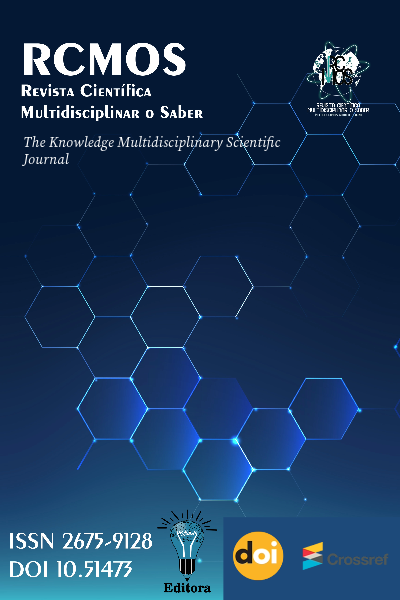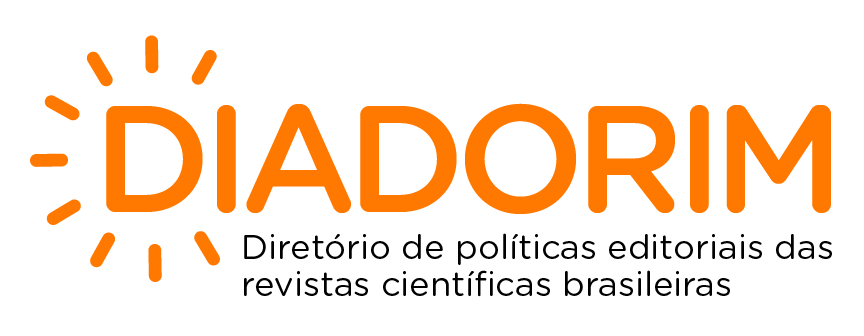Integration between Military Doctrine and Private Security: A Study on Risk Management Models in Corporate Environments
Integration between Military Doctrine and Private Security: A Study on Risk Management Models in Corporate Environments
DOI:
https://doi.org/10.51473/rcmos.v1i10.2021.1637Keywords:
Private Security; Military Doctrine; Risk Management; Corporate Protocols; Organizational ResilienceAbstract
Corporate security faces increasingly complex challenges in today’s world, requiring sophisticated and adaptable risk management models. In this context, the integration between military doctrine and private security emerges as a strategic proposal, since experiences gained in military operations on borders, in the jungle, in migration crises, and in prison uprisings provide a solid foundation for the development of advanced protection protocols. This scientific article seeks to analyze how principles of strategic planning, operational intelligence, and military discipline can be adapted to the corporate environment, enhancing organizational resilience in the face of internal and external threats. The study also addresses the legal and ethical limitations of this transposition and proposes pathways for integrated risk management, based on real examples and consolidated practices in the defense sector.
Downloads
References
ADORNO, Sérgio; SALLA, Fernando. Criminalidade organizada nas prisões e os ataques do PCC. Estudos Avançados, v. 21, n. 61, p. 7–29, 2007. DOI: https://doi.org/10.1590/S0103-40142007000300002
ANDREAS, Peter; SNYDER, Timothy. The Wall Around the West: State Borders and Immigration Controls in North America and Europe. Lanham: Rowman & Littlefield, 2000.
BAYLIS, John; WIRTZ, James. Strategy in the Contemporary World. 5. ed. Oxford: Oxford University Press, 2015. DOI: https://doi.org/10.1093/hepl/9780198708919.003.0001
BAYLIS, John; SMITH, Steve; OWENS, Patricia. The Globalization of World Politics: An Introduction to International Relations. 5. ed. Oxford: Oxford University Press, 2011.
BETTS, Alexander; COLLIER, Paul. Refuge: Transforming a Broken Refugee System. Londres: Penguin, 2017.
BOIN, Arjen et al. The Politics of Crisis Management: Public Leadership under Pressure. Cambridge: Cambridge University Press, 2005. DOI: https://doi.org/10.1017/CBO9780511490880
BONANNO, George. Loss, Trauma, and Human Resilience. American Psychologist, v. 59, n. 1, p. 20–28, 2004. DOI: https://doi.org/10.1037/0003-066X.59.1.20
BRYNJOLFSSON, Erik; MCAFEE, Andrew. The Second Machine Age: Work, Progress, and Prosperity in a Time of Brilliant Technologies. New York: W.W. Norton, 2014.
CASTELLS, Manuel. A sociedade em rede. 8. ed. São Paulo: Paz e Terra, 2010.
CLAUSEWITZ, Carl von. Da guerra. São Paulo: Martins Fontes, 1989.
CLARKE, Richard. Cyber War: The Next Threat to National Security and What to Do About It. New York: Ecco, 2017.
COOMBS, W. Timothy. Ongoing Crisis Communication: Planning, Managing, and Responding. 3. ed. Los Angeles: SAGE, 2007.
COOMBS, W. Timothy. Crisis Communication and Reputation Management. London: Routledge, 2010.
COOMBS, W. Timothy; HOLLADAY, Sherry J. The Handbook of Crisis Communication. Chichester: Wiley-Blackwell, 2010. DOI: https://doi.org/10.1002/9781444314885
COMFORT, Louise; KAPUCU, Naim. Inter-organizational Coordination in Extreme Events: The World Trade Center Attacks, September 11, 2001. Natural Hazards, v. 39, p. 309–327, 2006. DOI: https://doi.org/10.1007/s11069-006-0030-x
CREVELD, Martin van. The Transformation of War. New York: The Free Press, 1991.
FISHER, Roger; URY, William. Getting to Yes: Negotiating Agreement Without Giving In. 2. ed. Boston: Houghton Mifflin, 1991.
GARTZKE, Erik. The Capitalist Peace. American Journal of Political Science, v. 51, n. 1, p. 166–191, 2007. DOI: https://doi.org/10.1111/j.1540-5907.2007.00244.x
GODET, Michel. Creating Futures: Scenario Planning as a Strategic Management Tool. Paris: Economica, 2000.
HEASLIP, Graham. Challenges of Logistics in Humanitarian Aid. Proceedings of the 9th International Conference on Humanitarian Logistics, Dublin: Trinity College, 2011.
HILES, Andrew. Business Continuity Management: Global Best Practices. New Jersey: Wiley, 2010.
HUNTINGTON, Samuel. The Soldier and the State: The Theory and Politics of Civil-Military Relations. Cambridge: Harvard University Press, 1996.
JANOWITZ, Morris. The Professional Soldier: A Social and Political Portrait. New York: The Free Press, 1971.
KAPLAN, Robert S.; MIKES, Anette. Managing Risks: A New Framework. Harvard Business Review, v. 90, n. 6, p. 48–60, 2012.
KAPUCU, Naim. Interagency Communication Networks During Emergencies: Boundary Spanners in Multiagency Coordination. The American Review of Public Administration, v. 36, n. 2, p. 207–225, 2006. DOI: https://doi.org/10.1177/0275074005280605
LOWENTHAL, Mark M. Intelligence: From Secrets to Policy. 7. ed. Washington: CQ Press, 2017.
MINTZBERG, Henry. Managing. San Francisco: Berrett-Koehler Publishers, 2009.
NYE, Joseph. Soft Power: The Means to Success in World Politics. New York: Public Affairs, 2004.
PORTER, Michael. Competição: Estratégias competitivas essenciais. Rio de Janeiro: Elsevier, 1999.
REICHER, Stephen et al. Self and Social Identity in Collective Action. In: REES, D.; STOTT, C. (org.). Crowd Dynamics, Security and Public Order. Londres: Routledge, 2004.
SALAS, Eduardo et al. Teamwork in Multiteam Systems. Journal of Applied Psychology, v. 91, n. 2, p. 269–280, 2006. DOI: https://doi.org/10.1037/0021-9010.91.2.311
SHEFFI, Yossi. The Resilient Enterprise: Overcoming Vulnerability for Competitive Advantage. Cambridge: MIT Press, 2007.
SUN TZU. A arte da guerra. São Paulo: Martins Fontes, 2002.
YUKL, Gary. Leadership in Organizations. 8. ed. Boston: Pearson, 2013.
ZEGART, Amy B. Spies, Lies, and Algorithms: The History and Future of American Intelligence. Princeton: Princeton University Press, 2019.
Downloads
Published
Issue
Section
Categories
License
Copyright (c) 2021 Rodrigo Hipólito Menezes de Araújo (Autor)

This work is licensed under a Creative Commons Attribution 4.0 International License.












